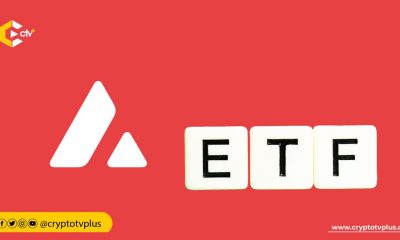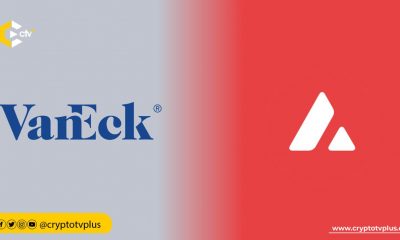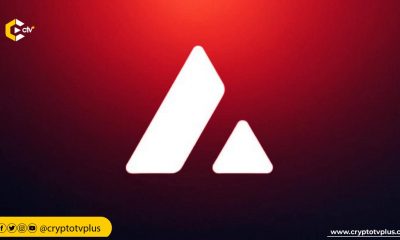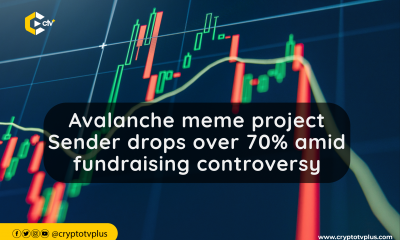News
Avalanche unveils AI-powered blockchain, Coin Operated Agents
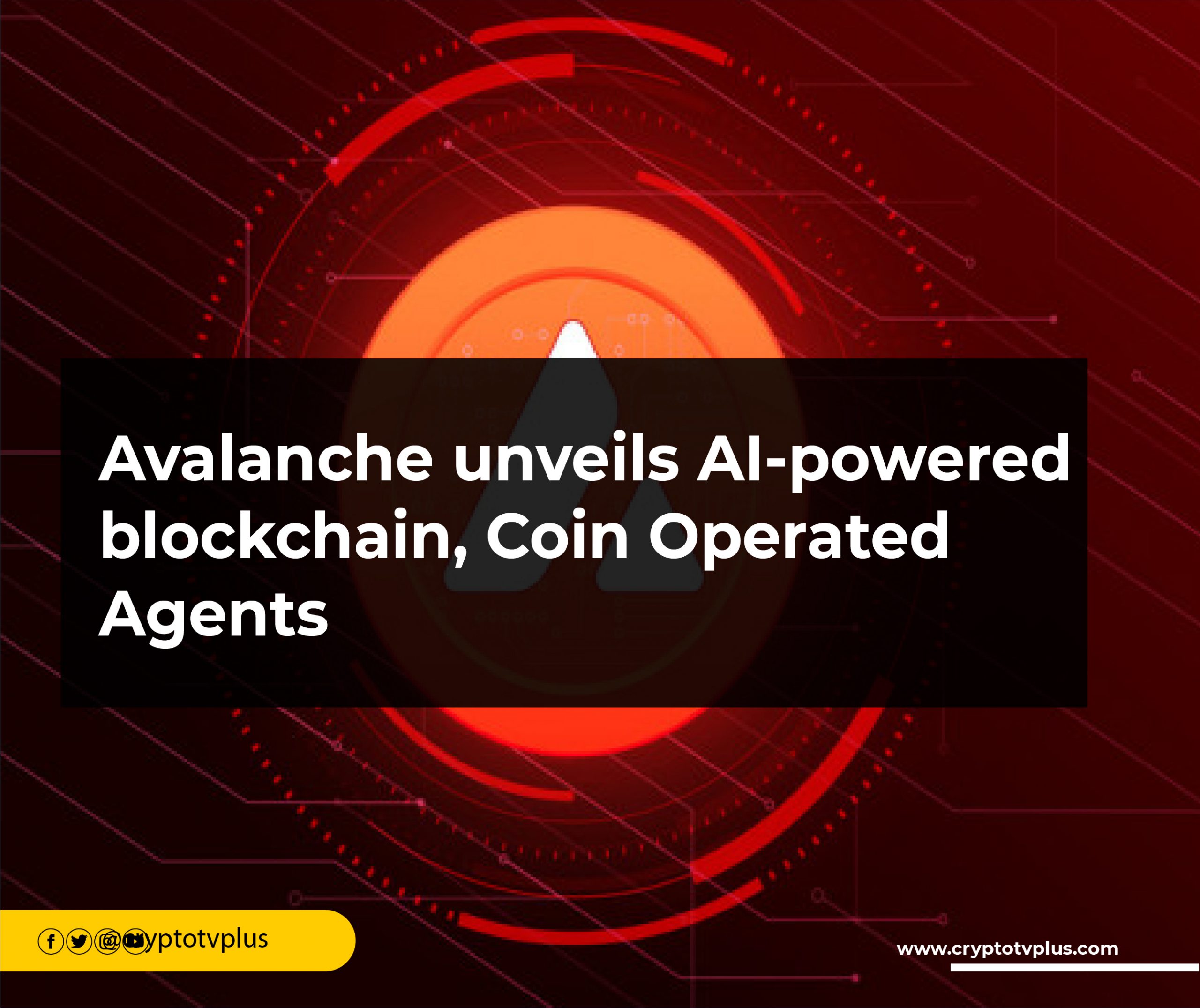
The Avalanche network CEO and co-founder, Emin Gün Sirer at the Avalanche Summit II 2023 disclosed the network’s plans to introduce a new blockchain that will be powered by AI. The newly proposed avalanche blockchain, Coin Operated Agents will work with GPTs- Generative Pretrained Transformers models.
This new initiative was born out of one of the biggest problems faced in blockchain development, which Sirer referred to as ensuring the correctness of smart contracts; “they are easy to write but are incredibly hard to read and parse,” he said.
He mentioned that some sources of rug pulls, and theft are because there are some kind of very deeply hidden in a subtle area in a smart contract. Sirer analyzed that Smart contracts are not written in human language, typically solidity. The smart contract code is sent to an auditor for auditing. They try to check if the code matches the intended functionality. This process can be so much better once we understand from the first principles where the errors arise and look forward to fixing them.
According to the CEO, “The errors are arising from the difference between the layers, the intent doesn’t match the code, the code doesn’t match the bytecode, the bytecode doesn’t get to do what the user typically wants them to do. That’s the problem, a lack of connection between these layers.”
Rather than apply traditional academic knowledge, Sirer introduced the idea that smart contracts can be built in a completely different manner on a new architecture that remains compatible with Avalanche.
“The idea is an entirely new architecture that builds on recent advances in artificial intelligence, machine learning, and large language models that incorporate GPTs and integrate them into the core execution engine of the blockchain. This entirely new architecture is called Coin Operated Agents,” Emin Gün Sirer.
AI is coming with tools that are practically large enough and good enough for some interestingly good users. These developments in the AI space can be transported into the blockchain space, Sirer said.
Coin Operated Agents: How does it work
According to Sirer, it is a new kind of blockchain where the chain consists of a genesis block followed by blocks that contain free-form transaction types signed by public keys that contain arbitrary textual inputs.
The transactions on the chain will not have rigid inputs and will not resemble EVM transactions, Bitcoin transactions, or exchange transactions, they are not going to have rigid fields of input-output. On the contrary, they will have free-form text in any language. For example “I give 5 AVAX to this address” and the interpretation will be left to the LLM.
Further, each validator will have to keep track of one data structure only. The CEO expressed, “The amazing fact is that by the context that has been built into the LLM, the common sense required for executing this contract has already been absorbed.” Using an LLM those metrics that have been built during the training period embody the knowledge that is required to execute the contract forever after, he said.
Coin Operated Agents perform no translation to machine executable code, but instead actually execute directly where interaction could be in any human language interpreted by AI in their original human-readable form.
Moreover, the new initiative does not require bytecodes or programmers. “We all get to write program specifications in our native language, ” he said. “It is like having a smart executor, a smart agent, who’s been bred and has consumed all human knowledge available in digital form, ” he added.
Possible limitations of the new initiative
Sierra highlighted that determinism is required, that is, having a deterministic LLM that will evolve fast and use a standard random beacon if necessary. Additionally, explorers that mix languages will be difficult to follow, and specifying contracts in a human language will be remarkably difficult. “There will be spectacular failures, billions will be lost,” he said.
While there are limitations, advantages include that Coin Operated Agents will make smart contract programming much more accessible, and users will have clarity on the full intent of a smart contract.
Ultimately, he said that the LLM subnet is an experiment Avalanche cannot afford to not perform.
Read also;
FTX and Alameda sue SBF and co
What do you think of this article? Share comments below.





